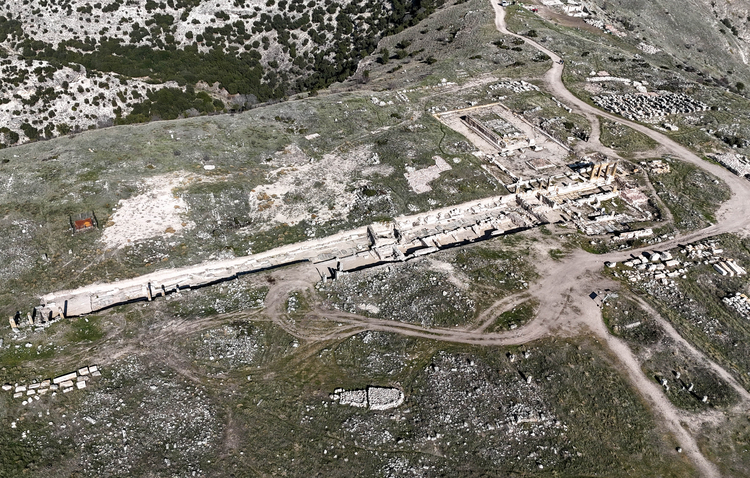
A 2,000-Year-Old Stadium Emerges at Blaundos: The Cliff-Top “Fortress City” of Anatolia Reveals a New Landmark
Archaeologists have begun excavating a Roman-era stadium perched above the dramatic canyons of Uşak’s Ulubey district — a discovery that could turn the ancient city of Blaundos into one of western Türkiye’s most distinctive archaeological landscapes.
Surrounded by the sheer cliffs of the Ulubey Canyon system, the ancient city of Blaundos has long been known for its natural fortress appearance. Founded after Alexander the Great’s campaign in Anatolia and settled by Macedonian troops, the site functioned as a strategic garrison city during the Hellenistic period. Today, new excavations are reshaping what visitors can expect to see when they arrive.
A stadium overlooking the canyon
This excavation season marks the first large-scale work at Blaundos’ Roman stadium — a structure measuring 140 meters long and 37 meters wide, positioned immediately to the left of the city’s main gate and directly overlooking a deep valley.
Teams working under the Uşak Museum Directorate have already uncovered:

- a rock-cut water conduit supplying the nearby Roman bath,
- the stepped entrance zone, and
- a substantial terrace wall built to stabilize the sloping terrain.
Excavation Director Şerif Söyler notes that the stadium likely dates to the 1st century AD, though further work may refine that chronology:
“Blaundos is a medium-sized ancient city, and the dimensions of the stadium reflect that scale. But its visibility at the city entrance gives it a monumental character we did not fully appreciate before.”
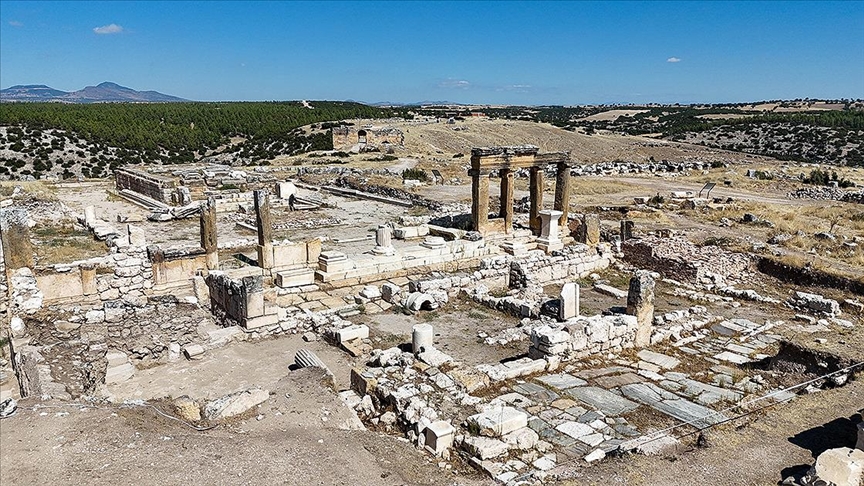
A city of striking monuments: from Demeter’s temple to Stonehenge-like triliths
The stadium joins a growing list of impressive remains revealed at Blaundos in recent years. The city preserves:
📣 Our WhatsApp channel is now LIVE! Stay up-to-date with the latest news and updates, just click here to follow us on WhatsApp and never miss a thing!!
- nine restored Roman aqueducts,
- a monumental two-millennia-old tomb,
- the main colonnaded street with Roman and Byzantine layers,
- a temple of Demeter standing prominently near the city center, and
- three trilithic stone blocks reminiscent of Stonehenge at the edge of the settlement.

On the canyon slopes, dozens of rock-cut tombs add to the city’s dramatic topography, making Blaundos one of Türkiye’s most photogenic archaeological sites.
A future venue for cultural events
Once the excavation and restoration are completed, the stadium is expected to host concerts, theater performances, and public events — a development that could significantly increase Blaundos’ cultural and tourism appeal.

As Söyler states:
“Seeing a fully exposed stadium right at the city’s entrance will change how Blaundos is perceived. It will add both visual impact and cultural value. This season marks the first step toward revealing an entirely new face of the ancient city.”
Cover Image: Aerial view of Blaundos Ancient City on its dramatic plateau above the Ulubey Canyon, showing the main colonnaded street and surrounding architectural remains. Credit: Uşak Museum
You may also like
- A 1700-year-old statue of Pan unearthed during the excavations at Polyeuktos in İstanbul
- The granary was found in the ancient city of Sebaste, founded by the first Roman emperor Augustus
- Donalar Kale Kapı Rock Tomb or Donalar Rock Tomb
- Theater emerges as works continue in ancient city of Perinthos
- Urartian King Argishti’s bronze shield revealed the name of an unknown country
- The religious center of Lycia, the ancient city of Letoon
- Who were the Luwians?
- A new study brings a fresh perspective on the Anatolian origin of the Indo-European languages
- Perhaps the oldest thermal treatment center in the world, which has been in continuous use for 2000 years -Basilica Therma Roman Bath or King’s Daughter-
- The largest synagogue of the ancient world, located in the ancient city of Sardis, is being restored



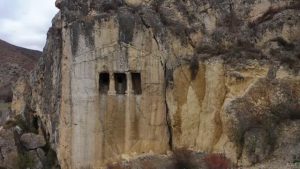

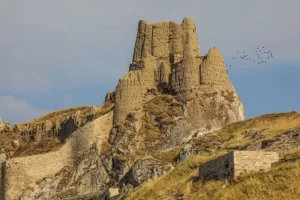
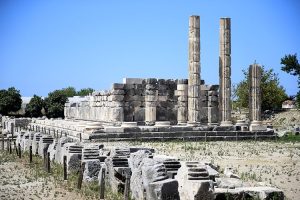



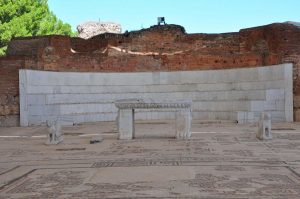
Leave a Reply